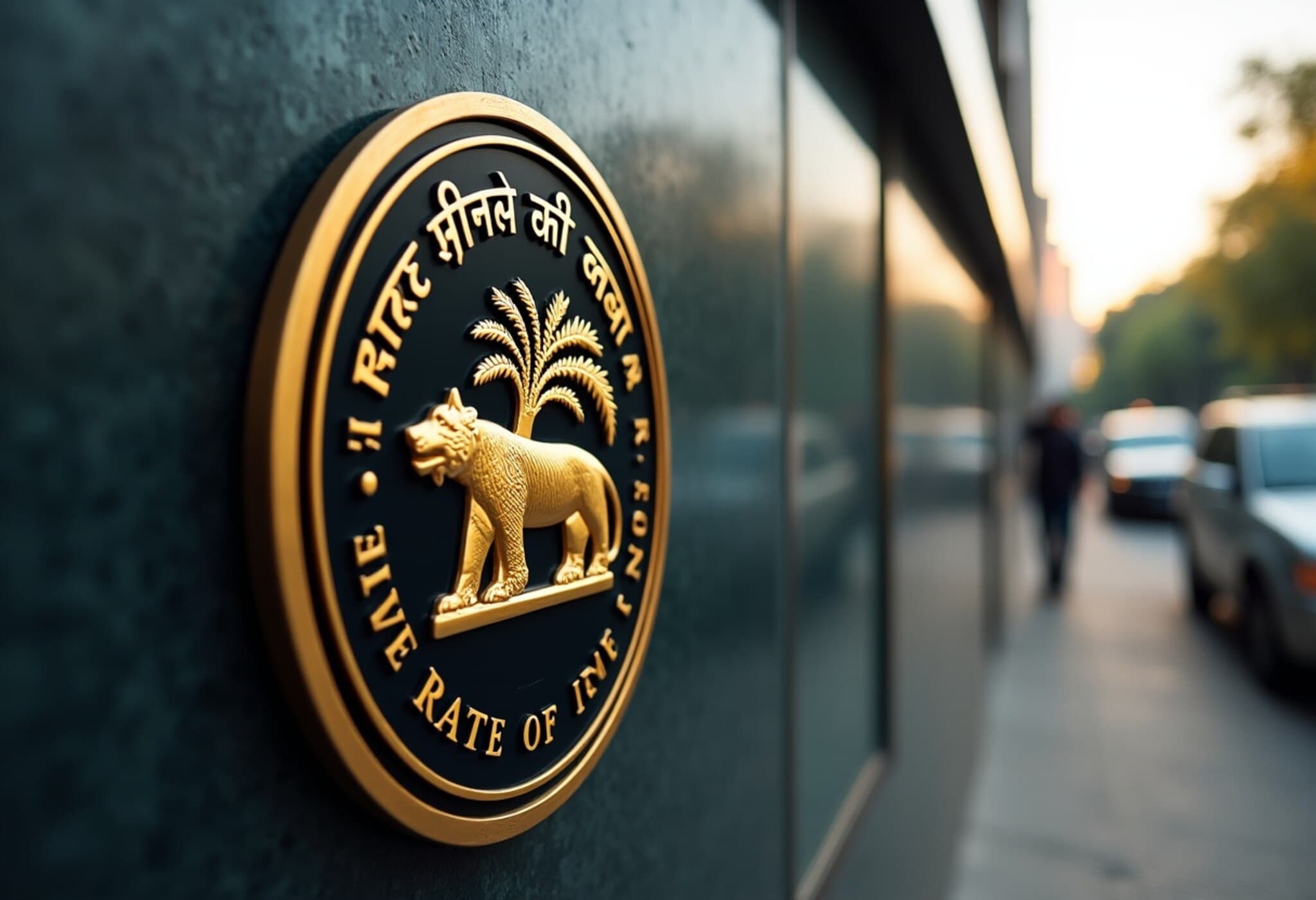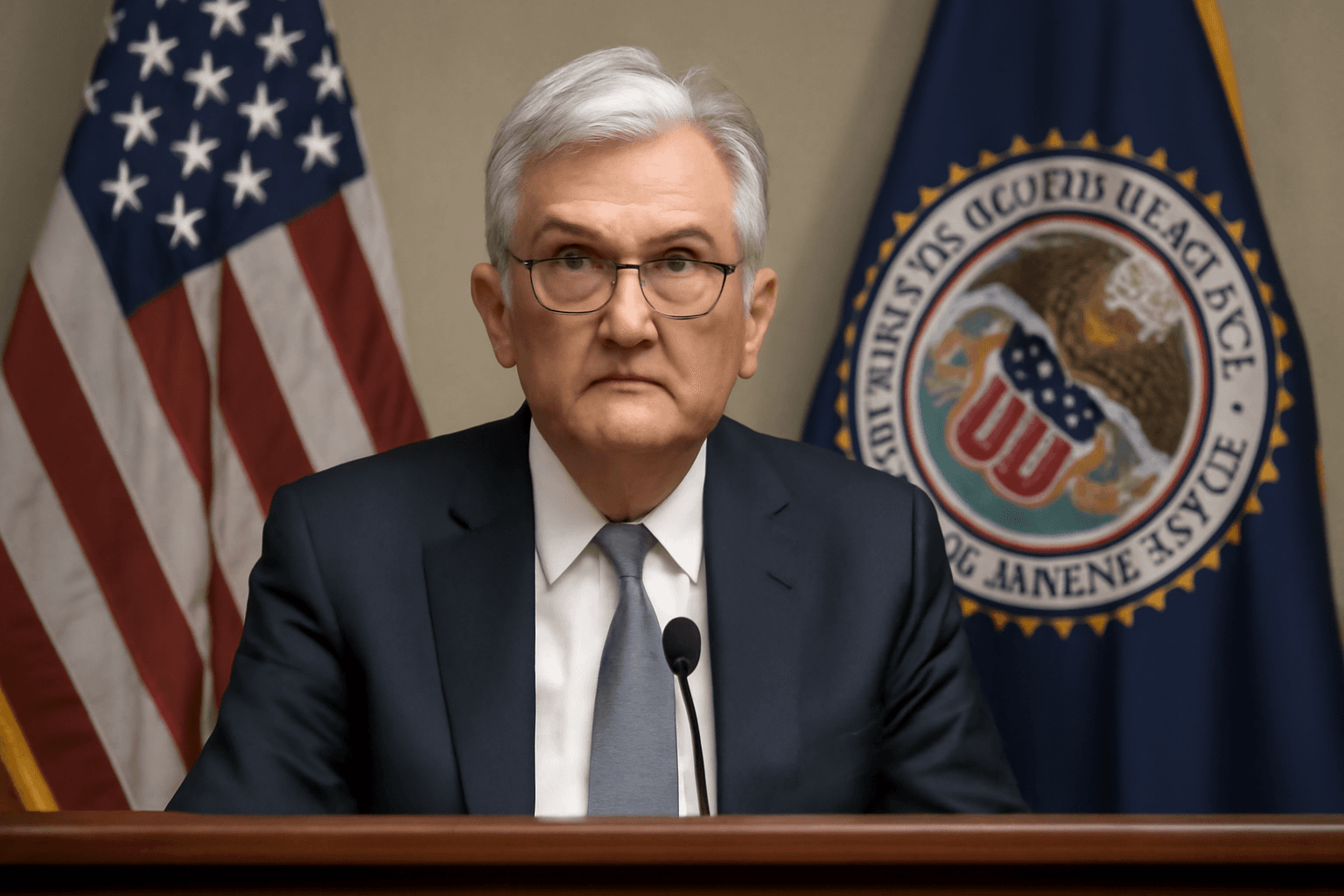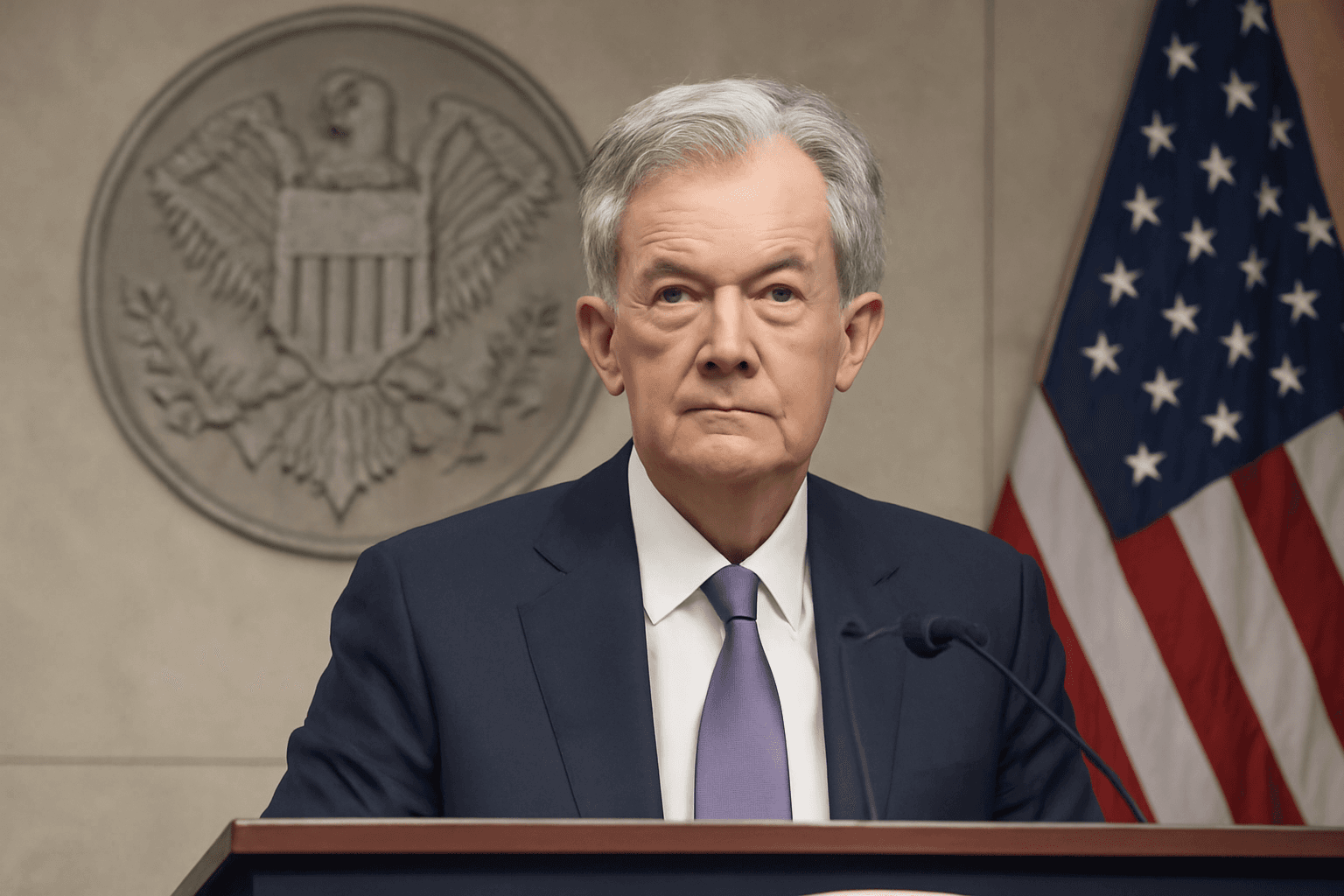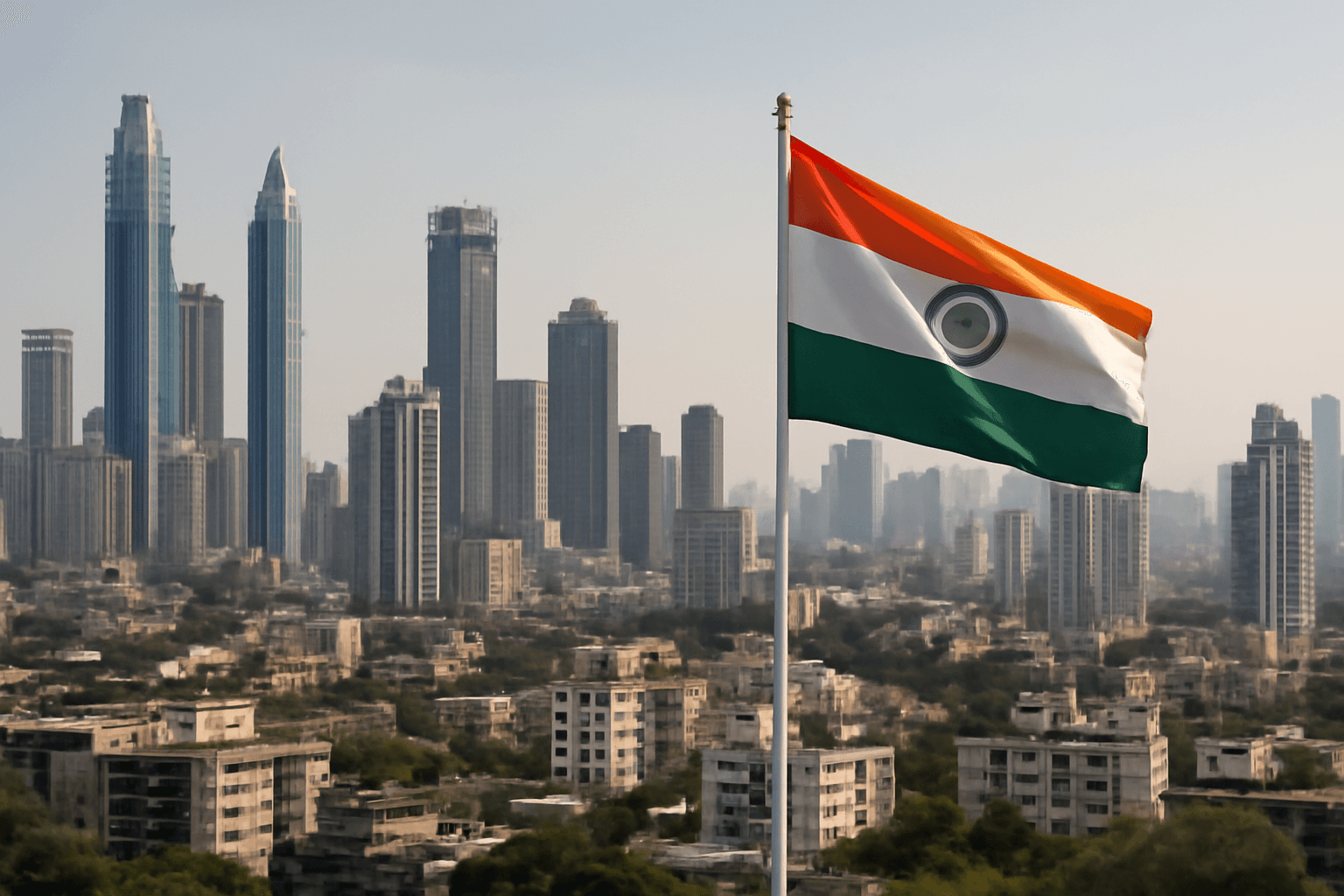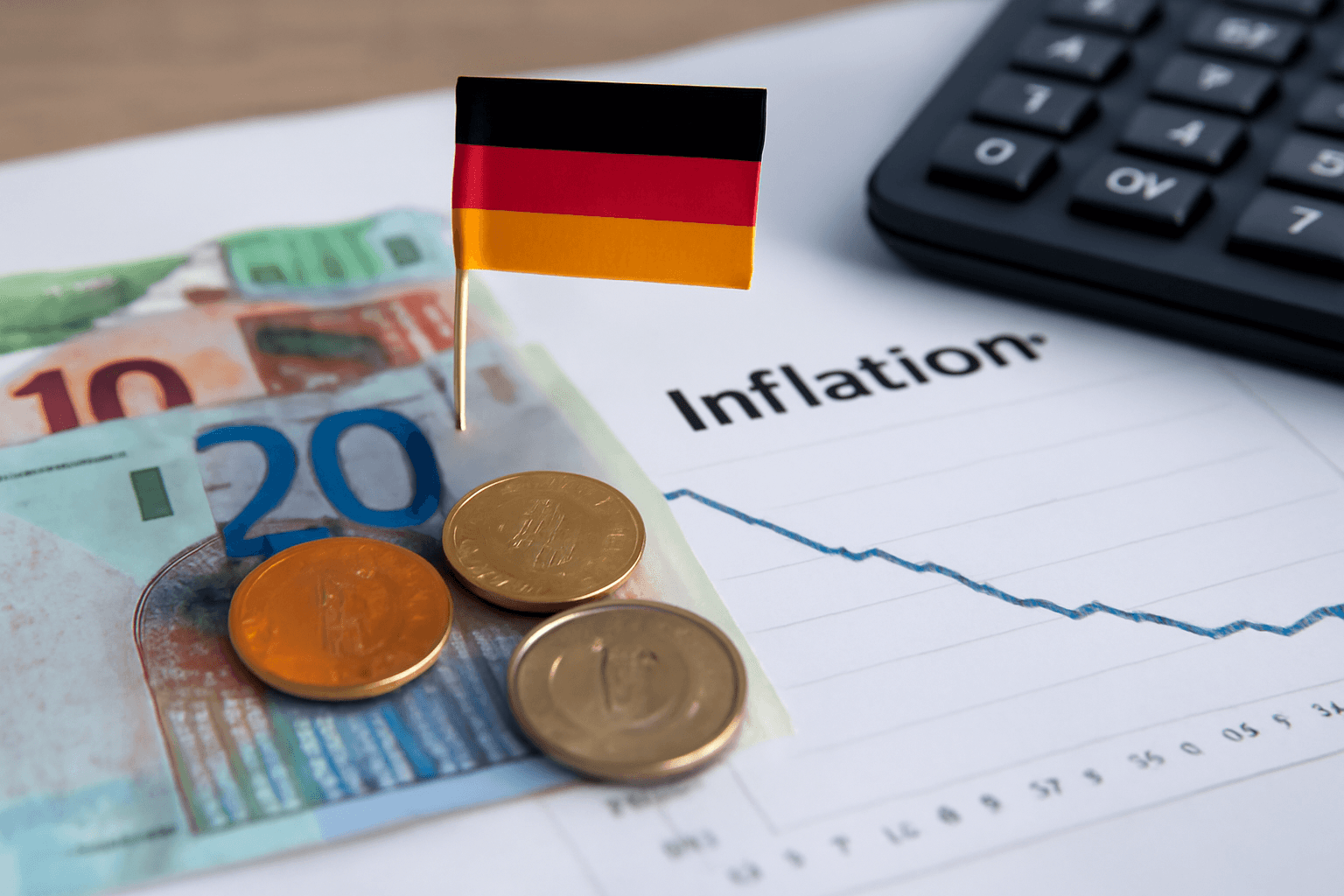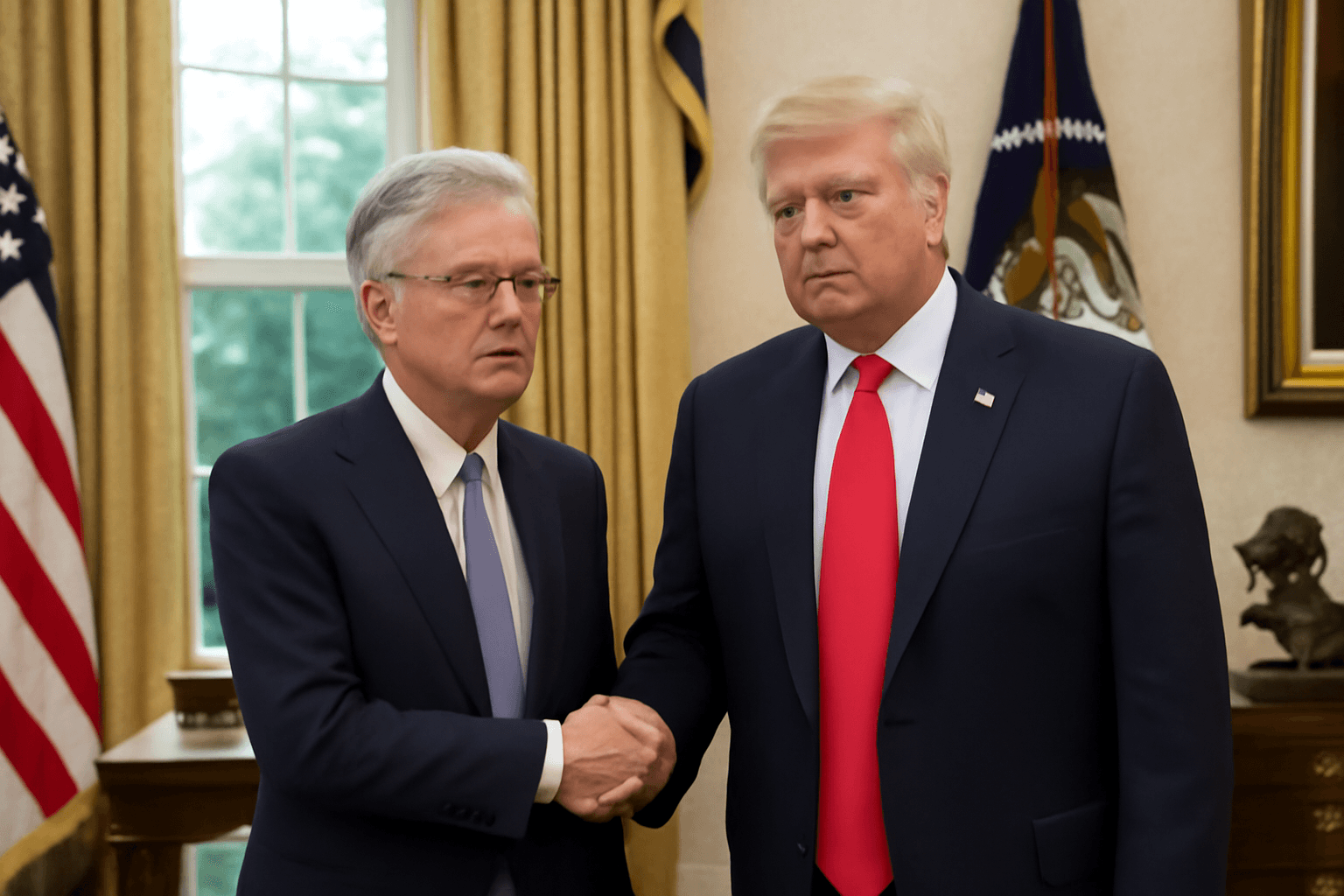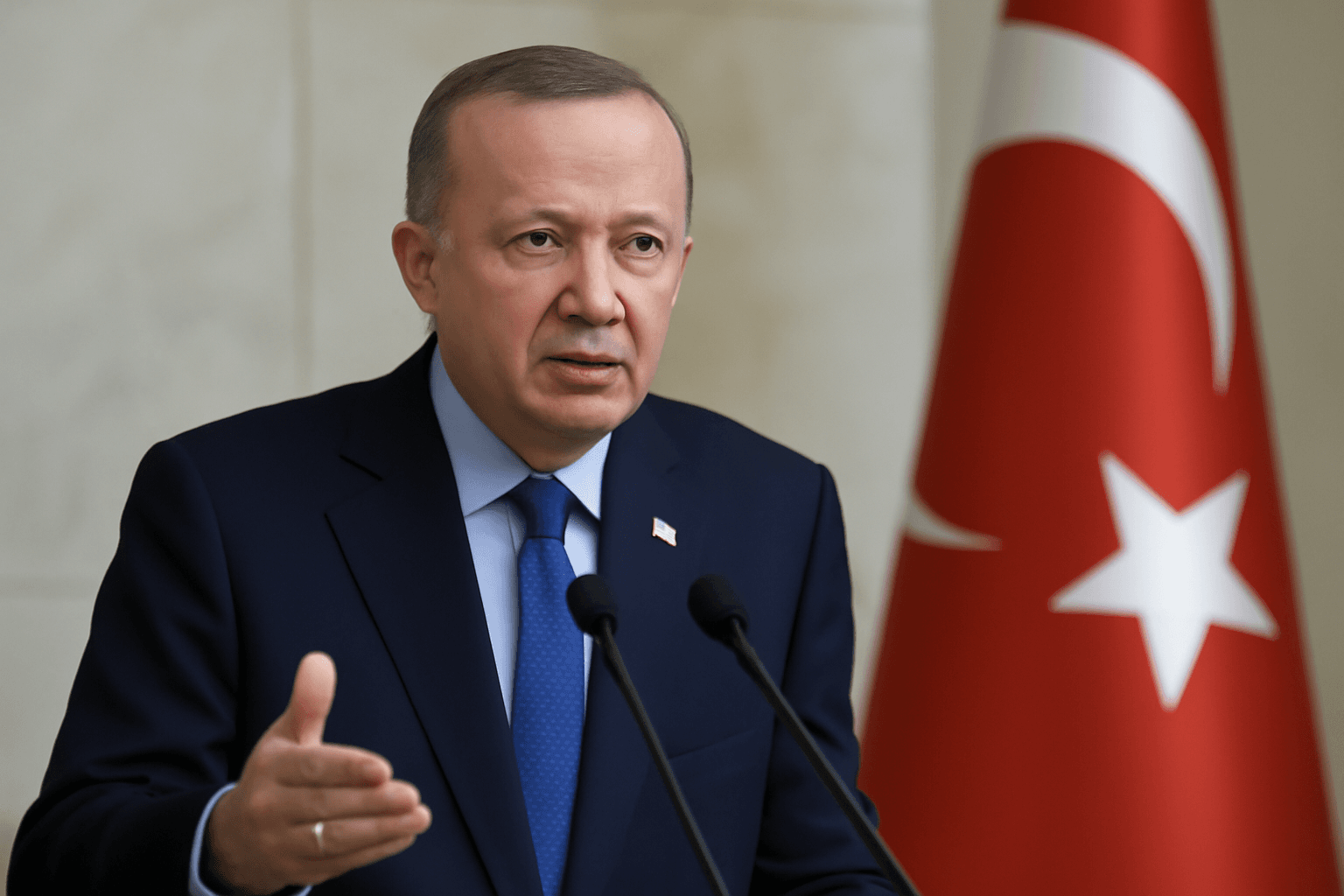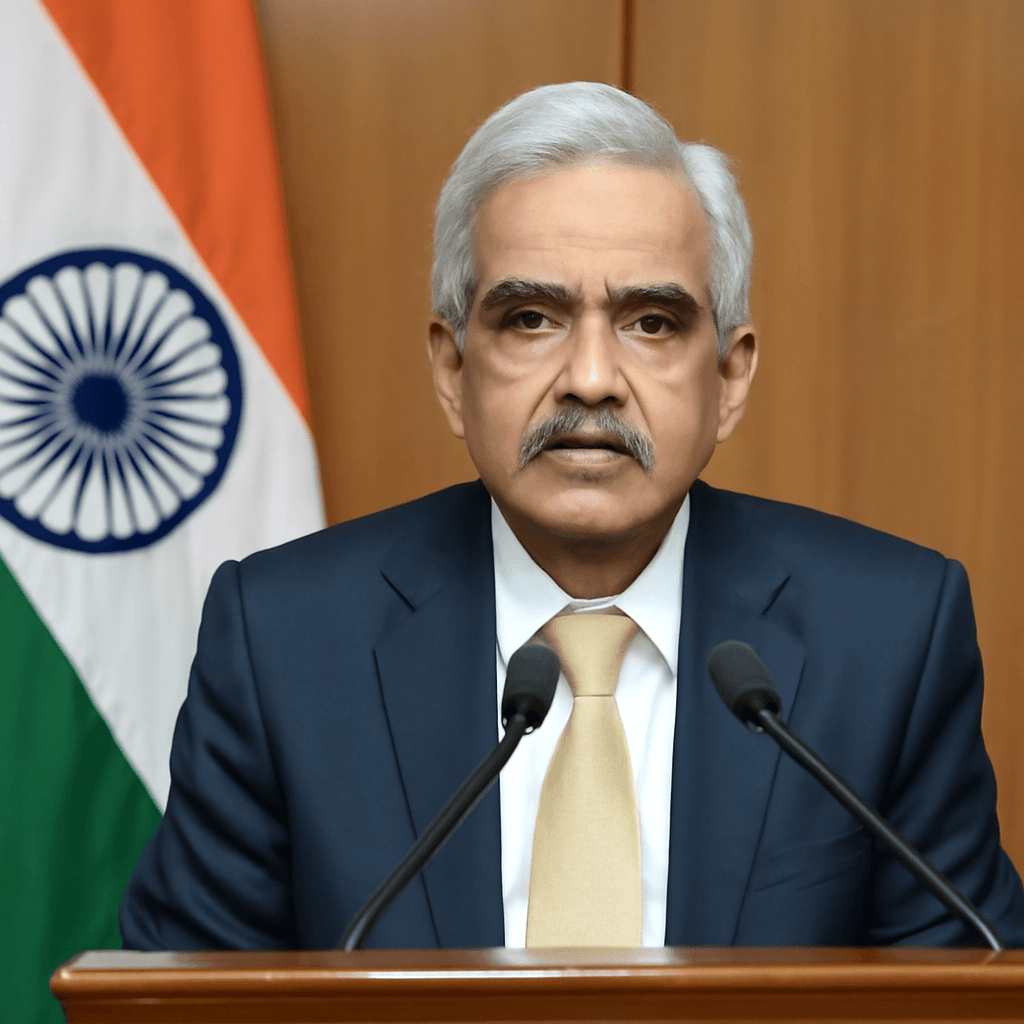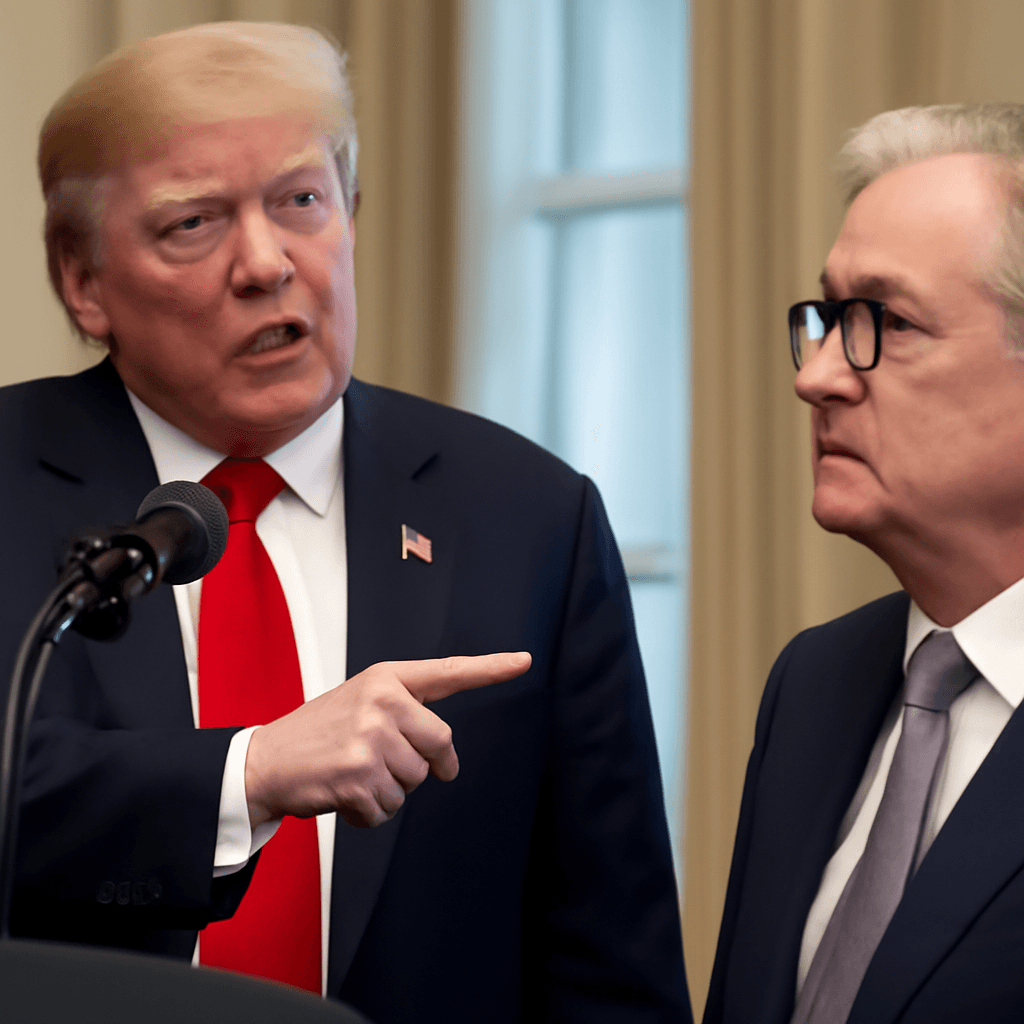RBI Maintains Policy Rate Steady at 5.5% Despite Rising U.S. Tariff Threats
In a decision closely watched by economists and markets alike, the Reserve Bank of India (RBI) opted to keep its benchmark policy rate unchanged at 5.5% on Wednesday. This outcome aligns with expectations from economists surveyed by Reuters and follows an aggressive 50 basis point rate cut made in June.
Context Amid Turbulent Global Trade and Geopolitical Dynamics
RBI Governor Sanjay Malhotra emphasized the central bank’s unanimous decision, pointing to a complex backdrop where global trade frictions persist but some geopolitical tensions have recently eased. "While challenges on the trade front remain, geopolitical uncertainties have somewhat abated," Malhotra said in his monetary policy statement.
This cautious approach from the RBI comes as India grapples with mounting pressure over its trade relationship with Russia. The United States has singled out India for purchasing Russian oil and military equipment, threatening punitive tariffs and other unspecified penalties that could complicate New Delhi’s foreign policy and economic positioning.
Markets React: Modest Movement Amid Unchanged Rates
The immediate market response was muted, with the Nifty 50 index slipping 0.18% and the Sensex dipping marginally. The Indian rupee, however, saw a slight strengthening, trading at 87.72 against the U.S. dollar, suggesting investor confidence in the RBI’s steady hand during a period of uncertainty.
Policy Outlook: From Accommodative to Neutral
Following the sharp rate cut in June, Malhotra signaled a strategic shift from an "accommodative" stance to a "neutral" monetary policy, underscoring limited room for further interest rate cuts in the near term. The RBI’s Monetary Policy Committee will closely monitor incoming economic data and evolving global conditions to define the trajectory of future monetary interventions.
- July 28 Bank of America analysts’ perspective: The RBI ‘took away the punchbowl’ early, indicating a pause is prudent unless macroeconomic conditions deteriorate significantly.
- Possibility of rate cuts later in 2025: Experts remain open to easing in the fourth quarter, contingent on clearer GDP growth signals.
Economic Growth and Inflation: Mixed Signals
India posted an impressive economic expansion of 7.5% in the quarter ending March, surpassing economists’ forecasts of 6.7%. The fiscal year 2024-25 concluded with overall growth of 6.5%, in line with government projections. Meanwhile, inflation data remains favorable for further easing, with headline inflation dipping to a multi-month low in June, easing policy makers’ worries about overheating.
Expert Insight: Navigating a Complex Global Landscape
India’s monetary policy decisions are increasingly intertwined with geopolitical currents. The persistent U.S.-China trade tensions, combined with the emerging U.S.-India diplomatic strains over Russia, are prompting RBI to tread cautiously. The central bank’s neutral stance suggests a balancing act: supporting domestic growth without exacerbating inflationary pressures or foreign exchange volatility.
Analysts point out that the RBI’s measured approach reflects broader global economic uncertainty, including fears of a potential slowdown in major economies and ongoing supply chain disruptions. India's policy path could also signal its commitment to maintaining investor confidence amid this volatility, prioritizing stability over short-term growth spurts.
Looking Ahead: Key Questions for India's Economic Trajectory
- Will escalating U.S. tariff threats against India over its Russian ties push the RBI towards a more defensive monetary stance?
- How will India’s central bank balance inflation targeting with the need to stimulate growth in a slowing global economy?
- Could geopolitical shifts lead to increased volatility in the rupee and foreign investment flows?
Investor and Public Takeaway
For investors and everyday citizens alike, the RBI’s latest decision signals cautious optimism; growth remains robust, inflation is manageable, but external risks loom large. As economic policies adapt to a rapidly evolving global stage, the Indian economy’s resilience will depend on agile and prudent policy making.

